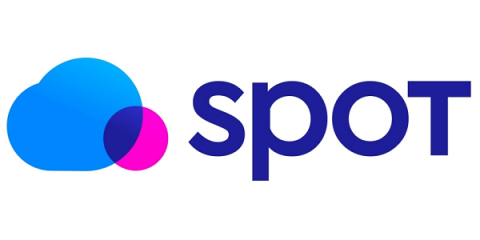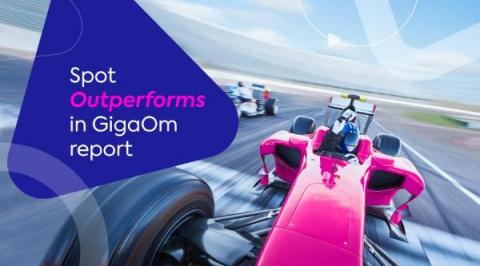Enabling Hybrid Work with Cloud Desktops
MSPs have a fantastic opportunity now. Many businesses are offering their employees a hybrid work model — the opportunity to split their time between working in the office and at home. The age of hybrid work is here and, as it appears, here to stay. For many businesses it’s not only the right thing to do, it’s also necessary to satisfy current requirements and attract and retain employees.











